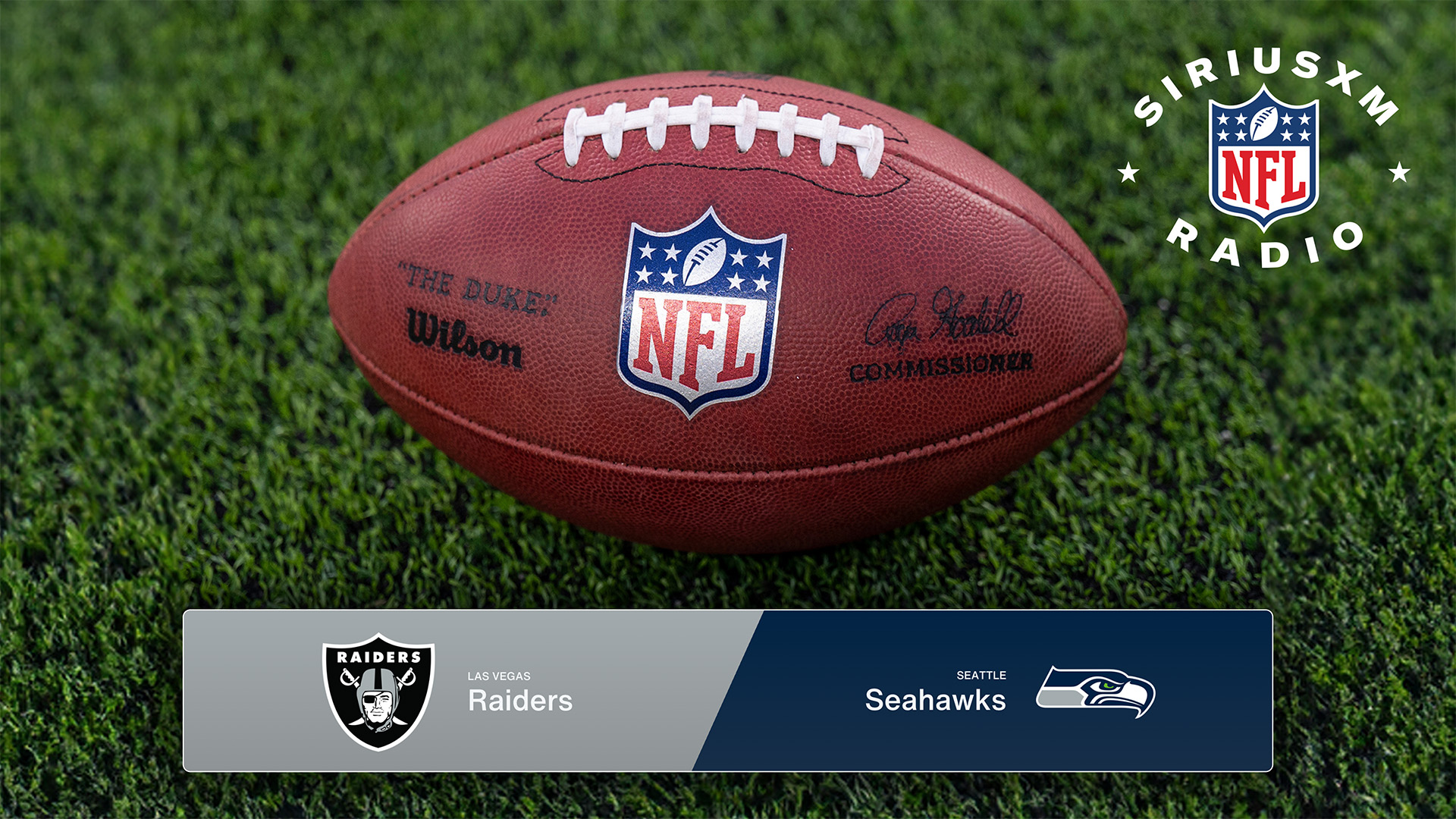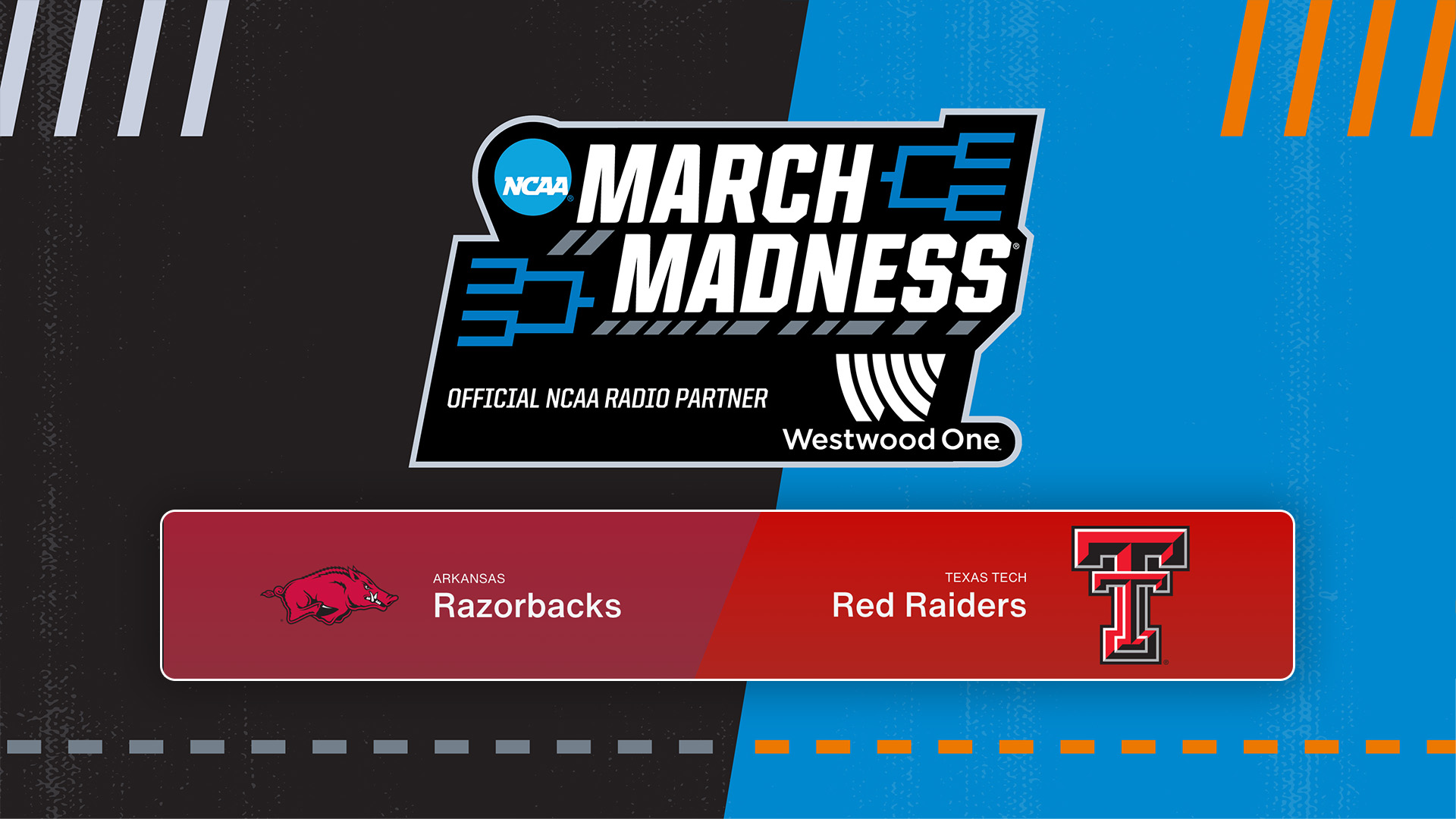How Country Hits Have Evolved in the 21st Century: ‘A Genre That Is Darker and More Emotionally Intense’
ChartCipher analyzes country as part of Billboard’s yearlong retrospective on the first quarter of the century.

The opening lyrics to the song at No. 1 on the first Billboard Hot Country Songs chart of the 21st century? “I can feel the magic floating in the air.”
That single — Faith Hill’s sweet love song “Breathe” — also includes odes to thoughts that “seem to settle on the breeze” and the happy realization: “Isn’t that the way that love’s supposed to be?”
A quarter of a century later, the top of the tally sounded notably different.
On the last chart of the first 25 years of the century, top 10 hits included Post Malone’s bitter (if not upbeat in sound) breakup song “I Had Some Help,” featuring Morgan Wallen; Jelly Roll’s thoughtful admission “I Am Not Okay”; and Wallen’s “Lies Lies Lies,” in which he concedes, “Girl, I’m on a downhill dive.”
While those mark just two of the 1,306 charts between 2000 and 2024, they neatly reflect changes in country hits over the first quarter of the century.
ChartCipher, which provides compositional analytics for hits on Billboard charts, has studied the most notable trends in the genre in that span. Below, check out seven key ways that hit country songs have evolved from Y2K to today.
Vocal Melody Themes
Songs with four or more vocal melody themes — or motifs, defined as recognizable sequences of notes that repeat throughout a song — declined significantly on Hot Country Songs between 2000 and 2024. This reduction suggests a shift toward simpler, more streamlined vocal arrangements in contemporary country music.
- Three examples of hits from the early 2000s with four or more vocal melody themes: “I Go Back,” Kenny Chesney; “If You Ever Stop Loving Me,” Montgomery Gentry; “In a Real Love,” Phil Vassar
Chord Repetition
Somewhat similarly, the percentage of songs featuring frequent chord repetition increased on Hot Country Songs over the first quarter of the 21st century. Titles with high chord repetition typically feature more straightforward, accessible structures that prioritize familiarity and cohesion.
- Three examples of hits from the 2020s with frequent chord repetition: “Bulletproof,” Nate Smith; “I Am Not Okay,” Jelly Roll; “Last Night,” Morgan Wallen
Lyrical Repetitiveness
Along with increased chord repetition, lyrical repetition became more prevalent on Hot Country Songs over 2000-24, further reinforcing the trend toward simpler and more immediately engaging songwriting.
- Three examples of hits from the 2020s with noteworthy lyrical repetition: “Creeps,” Koe Wetzel; “Riiverdance,” Beyoncé; “Think I’m in Love With You,” Chris Stapleton
Song Length
Country hits have followed the broader mainstream trend toward shorter durations, with the share of songs under three minutes nearly tripling on both pop and country charts between 2000 and 2024. This reflects an emphasis on delivering impact quickly and encouraging repeat listens on streaming services.
- Three examples of hits from the 2020s under three minutes: “A Bar Song (Tipsy),” Shaboozey; “Fancy Like,” Walker Hayes; “You Proof,” Morgan Wallen
Positive/Negative Lyrical Sentiment
The number of songs featuring a primarily negative lyrical sentiment more than doubled on Hot Country Songs from 2000 to 2024, signaling a notable emotional shift in thematic content.
- Three examples of hits from the early 2000s with positive lyrical sentiment: “Living and Living Well,” George Strait; “Right Where I Need To Be,” Gary Allan; “Wrapped Around,” Brad Paisley
- Three examples of hits from the 2020s with negative lyrical sentiment: “Die From a Broken Heart,” Maddie & Tae; “I Had Some Help,” Post Malone feat. Morgan Wallen; “Something in the Orange,” Zach Bryan
Timbre
In 2000, the vast majority of country songs featured primarily bright timbres — aka, the unique qualities or tone colors of a sound. By 2024, the use of bright timbres had markedly declined, aligning with the increase in songs that express a primarily negative mood and contributing to a darker overall sonic palette.
- Three examples of hits from the early 2000s with bright timbres: “Awful, Beautiful Life,” Darryl Worley; “Baby Girl,” Sugarland; “Watch the Wind Blow By,” Tim McGraw
- Three examples of hits from the 2020s with darker timbres: “Bury Me in Georgia,” Kane Brown; “Smile,” Morgan Wallen; “To Be a Man,” Dax & Darius Rucker
Profanity
Well, $#!+ … the use of profanity increased on the Hot Country Songs chart between 2000 and 2024 (and, unsurprisingly, with a more pronounced rise than on the radio-based, FCC-patrolled Country Airplay chart). This suggests a growing embrace of rawer, more unfiltered lyrical expression.
- Three examples of hits from the 2020s with profanity: “A Bar Song (Tipsy),” Shaboozey; “Thought You Should Know,” Morgan Wallen; “Try That in a Small Town,” Jason Aldean
Main Takeaways
The decrease in melodic complexity and increase in repetition and shorter song lengths all reflect a broader trend in country music between 2000 and 2024 toward simplification and immediacy — a strategic shift aimed at sparking maximum impact in minimal time to sustain listener attention and drive engagement.
Meanwhile, the latter three trends above indicate a significant emotional and tonal change in the genre over the past 25 years. The doubling of songs with primarily negative lyrical sentiment, the decline in bright timbres and the rise in profanity all point toward a genre that is becoming darker and more emotionally intense.
Count down the top 10 titles on Billboard’s Top Hot Country Songs of the 21st Century retrospective, and check out the entire 100-position chart in Billboard’s Greatest of All Time charts menu. Also check out Billboard’s Top Country Artists of the 21st Century chart and the Top Country Albums of the 21st Century chart, with all coverage of Billboard’s 21st Century charts here.
Billboard’s Top Country Artists, Top Country Albums and Top Hot Country Songs of the 21st Century recaps reflect performance on weekly charts dated Jan. 1, 2000, through Dec. 28, 2024. The Top Country Artists category ranks the best-performing acts in that span based on activity on Top Country Albums and Hot Country Songs. (Titles released prior to mid-1999 are excluded, although such entries that appeared on Top Country Albums or Hot Country Songs in that span contribute to the calculation of the Top Country Artists chart.)
What's Your Reaction?











































